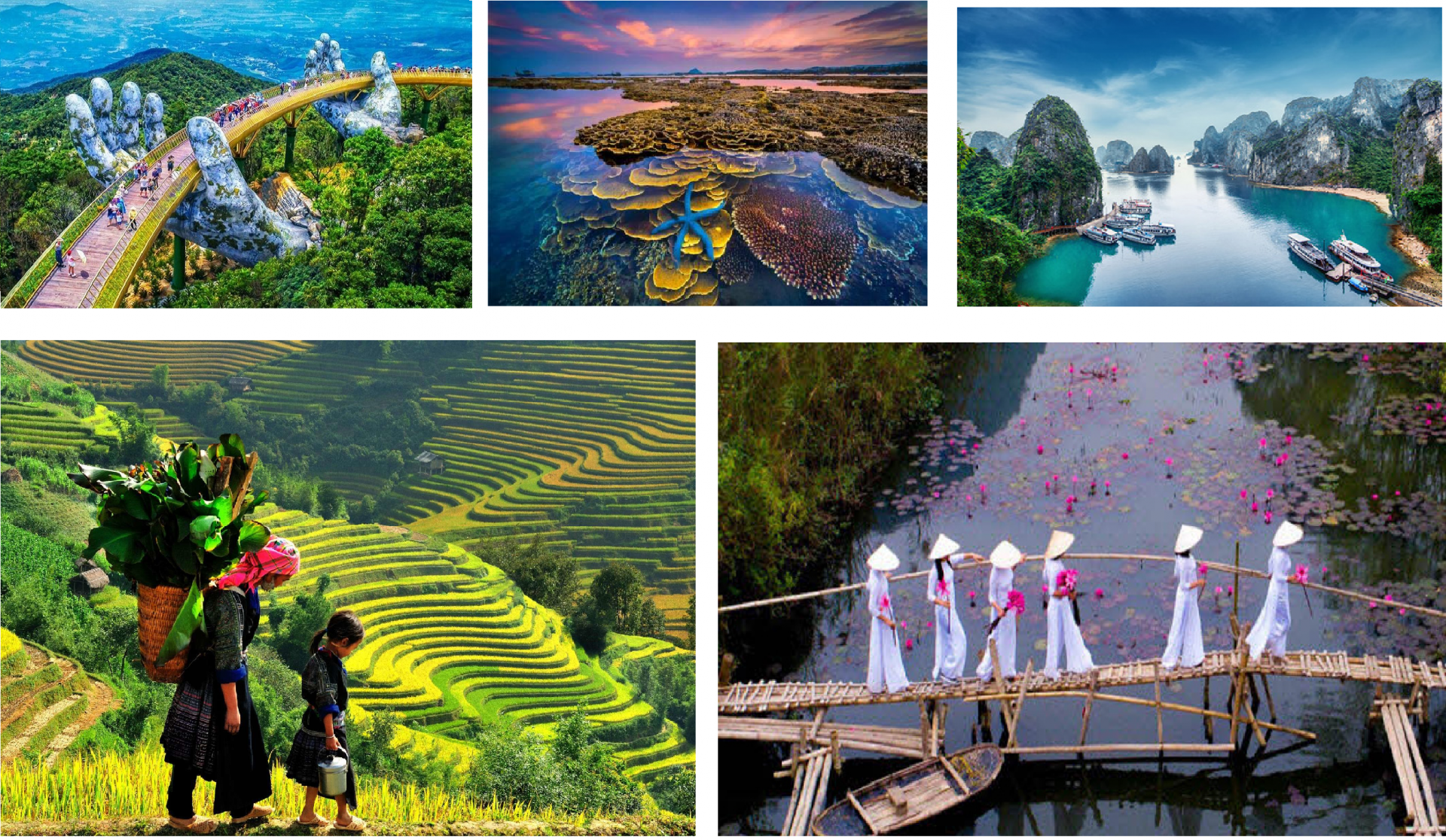From independence to influence: India’s steady rise on the world stage
 |
Economic powerhouse in the making.
India is now the fifth largest economy in the world, with a GDP of $4.1 trillion in 2025 (IMF data). Even more impressively, it is the fastest-growing major economy, clocking an estimated 6.8% growth in 2024-25, while most developed economies hover below 2%. This performance is driven by a combination of reforms, stable governance, and a consumption base of over 1.4 billion people, the largest population on earth.
IT & Services: India’s IT exports crossed $200 billion in FY 2024, with companies like TCS, Infosys, and Wipro serving global clients and driving digital transformation worldwide.
Manufacturing: Under the “Make in India” and PLI (Production-Linked Incentive) schemes, India has become a global hub for smartphone production, exporting $15 billion worth of devices in 2024. Apple now assembles 14% of its global iPhones in India.
Renewables: India ranks 4th globally in renewable energy capacity (175 GW installed), and aims for 500 GW by 2030, showing leadership in climate responsibility.
Infrastructure transformation
The last decade has seen record-breaking infrastructure growth. The national highway network now exceeds 1.46 lakh km, up 60% from 2014. Metro rail projects operate in 20+ cities, transforming urban mobility. Freight corridors, high-speed rail, and port modernisation are improving logistics efficiency, cutting costs for businesses, and linking India’s hinterland to global markets.
Digital infrastructure is another pillar of India’s rise. With 1.2 billion Aadhaar-linked identities, over 10 billion monthly UPI transactions (July 2025), and the world’s largest real-time payments system, India has redefined financial inclusion. Rural internet penetration has crossed 70%, enabling e-commerce, telemedicine, and online education in remote areas.
India’s rise is not just economic; it is geopolitical. As a founding member of the International Solar Alliance and a key voice in the Global South, India has championed climate justice, equitable trade, and pandemic preparedness at the UN, G20, and BRICS.
India is one of the largest contributors to UN peacekeeping missions and a responsible nuclear power with a no-first-use doctrine, underlining its commitment to global stability.
Defence and security modernisation
India is now the world’s third-largest defence spender (after the US and China) with a budget of Rs6.21 trillion for FY 2024-25. The focus is on indigenisation, from the Tejas fighter jet to the INS Vikrant aircraft carrier, and from Akash missile systems to the Agni-V ICBM. Defence exports have grown 20-fold in a decade, crossing Rs210 billion in 2024, reaching markets in Southeast Asia, Africa, and Latin America.
Counter-terrorism capabilities, intelligence sharing with global partners, and the securing of maritime lanes in the Indian Ocean Region have made India a net security provider in Asia.
Championing democracy and secularism
In an era where democracies are under strain, India’s constitutional framework remains robust. With 969 million registered voters and a record 66% turnout in the 2024 general elections, the Indian electorate continues to prove that democracy thrives in the world’s largest republic.
The secular fabric, enshrined in the Constitution, is visible in everyday life, from festivals celebrated across faiths to policies ensuring equal rights regardless of religion, caste, or creed. India’s pluralism is not without challenges, but its institutional checks and active civil society ensure that the ideals of equality and justice are defended.
Social progress and human development
Poverty reduction in India has been among the fastest in the world. According to the UNDP, 415 million people exited multidimensional poverty between 2005 and 2021. Life expectancy has risen to 70.5 years, and literacy has reached 79%.
In healthcare, the Ayushman Bharat scheme has provided free health coverage to over 500 million citizens, the largest government-run health program globally. In education, initiatives like the National Education Policy 2020 aim to make the system more holistic, skill-focused, and globally competitive.
Cultural and soft power strength
From yoga and Ayurveda to Bollywood and cricket, India’s cultural exports have global reach. The country now attracts over 20 million international tourists annually, and Indian cuisine is a staple in cities worldwide. The diaspora, 32 million strong, plays a critical role in shaping perceptions and strengthening economic ties.
India’s soft power is also evident in its leadership in space, the Chandrayaan-3 lunar landing at the Moon’s south pole and the upcoming Gaganyaan human spaceflight are milestones that inspire pride at home and admiration abroad.
In a time of global uncertainty, from wars in Europe and the Middle East to economic slowdowns and climate disasters, India’s stability is a rare constant. With a vibrant private sector, a young and skilled workforce, and a political system that allows peaceful transitions of power, India stands as a model for balancing rapid growth with democratic values.
The road ahead will have challenges: bridging inequality gaps, ensuring environmental sustainability, and safeguarding pluralism. But if the past decades are any guide, India has the vision, resilience, and unity to meet them head-on.



